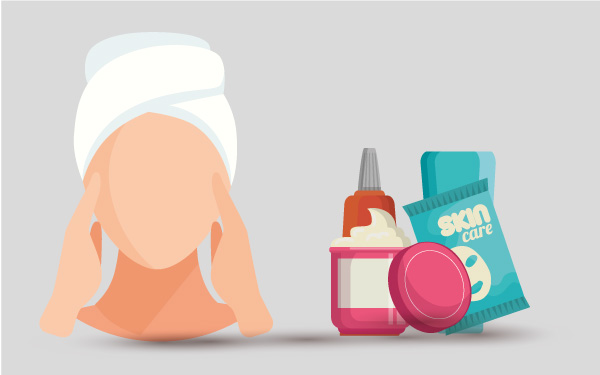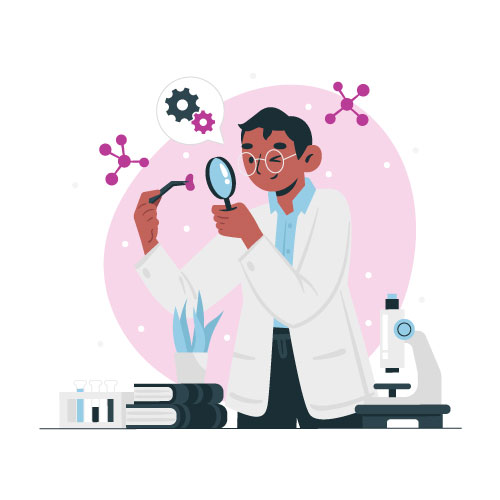About the ASINA Key Exploitatble results (KERs)
These groundbreaking innovations represent the culmination of ASINA Project’s pioneering research in Safe and Sustainable by Design (SbD) approaches for nanomaterials. Some of these results have also been showcased in the latest OECD Report.
From decision support tools to antimicrobial textile production processes, each KER offers transformative solutions with far-reaching implications for industry, sustainability, and safety. Join us as we explore the cutting-edge advancements driving the future of nanotechnology.

KER1: ASINA Expert System
The ASINA Expert System revolutionizes Safe and Sustainable by Design (SSbD) for nano-enabled products. By drastically reducing experimental data requirements, it accelerates time to market and allows to save on R&D costs. Ideal for manufacturers, researchers, and R&D professionals, it caters to expertise from academia, research centers, and industries in the chemicals and new materials sectors, including cosmetics, textiles, and air purifiers. This tool streamlines decision-making for a more efficient and sustainable future.
KER2: TiO2-nanoparticles developed for air purification system “SbD verified”
The titania nanoparticles developed for air purification systems and verified through Safe-by-Design (SbD) strategies, represent a relevant Key Exploitable Result of the ASINA Project for the value chain number 1, regarding Photocatalytic filters, Photocatalytic illumination system and coating textiles. These nano-enabled products demonstrate exceptional efficacy against microorganisms. To address safety concerns associated with free powder use, SbD strategies were formulated to ensure stable suspensions suitable for final applications. These strategies, validated through experimental tests, prioritize the use of suspension products during application phases to minimize operator exposure to nanopowders.


KER3: SbD Antimicrobial textile production process
The ASINA “SbD-verified” antimicrobial textile production process offers a versatile coating process adaptable to various nano-enabled textiles. This innovation allows to reduce raw material consumption, waste generation, and energy consumption while maintaining effective nanomaterial load. Enhanced with AI for real-time process optimization, it caters the need of textile finishing/production companies in medical, homeware, and clothing sectors, as well as spray coating equipment manufacturers.
KER4 + KER5: Formulation of antiaging cream “SbD verified”
The SbD Approach for Formulation of Antiaging Creams and Antimicrobial Lotions from ASINA Project revolutionizes product development in the cosmetic field. This innovative design approach integrates safe-by-design practices early on, ensuring safety and techno-economic performance. It provides end users with clear, verified data, fostering trust and transparency across the supply chain. Potential users include raw material suppliers, cosmetics brands, and contract manufacturers.


KER6: Digital twin for sustainable manufacturing
The Digital Twins for Sustainable Manufacturing is an ASINA key exploitable result that revolutionizes industrial processes. This data-driven real-time digital system optimizes manufacturing processes while enhancing sustainability, safety, and competitiveness. It offers an air emission/occupational exposure monitoring system for particles and a digital twin for manufacturing. With versatility across sectors, it caters the need of manufacturing companies offering enhanced efficiency and sustainability across industries.
KER7: Burden of Disease as Exposure Function derived by nanomaterial emissions
The Burden of Disease (BoD) as Exposure Function, another key exploitable result from ASINA, introduces a groundbreaking method to assess the impact of industrial engineered nanomaterial (ENM) air emissions on human exposure and health. This innovative approach quantifies the health burden caused by ENM emissions, aiding occupational safety managers in compliance assessments and local authorities in emission permissions and management requirements.


KER8: Condition of Use Assessment and Safety Communication Tool for Occupational Health
The Condition of Use Assessment and Safety Communication Tool for Occupational Health is another Key Exploitable Result of ASINA Project, providing a probabilistic exposure model to quantify the effect of exposure factors on worker exposure. This model facilitates the establishment of evidence-based conditions of use (CoU) for safe work practices, indicating the need for external emission and exposure controls or personal protective equipment. Compliant with REACH chemical safety assessment and EN 689 standards, this tool has been successfully demonstrated across various industrial settings. Target users include occupational safety managers, process equipment manufacturers, material and product manufacturers, ensuring compliance with legislation and enhancing safety management protocols.
KER9: Experimental Workflow to Link air concentration, MPPD, relevant exposure dose, and hazard assessment
The Experimental Workflow to Link air concentration, MPPD, relevant exposure dose, and hazard assessment, introduces a novel New Approach Methodologies (NAMs)-based framework for risk assessment of silver and titania nanoparticles. Aligned with the Safe-by-Design approach, this framework caters to the needs of a diverse user base, including the scientific community, regulators, occupational safety managers, and designers. It offers valuable insights into safety evaluation, supporting decision-making in occupational settings and aiding designers in assessing the safety of their materials and processes.

